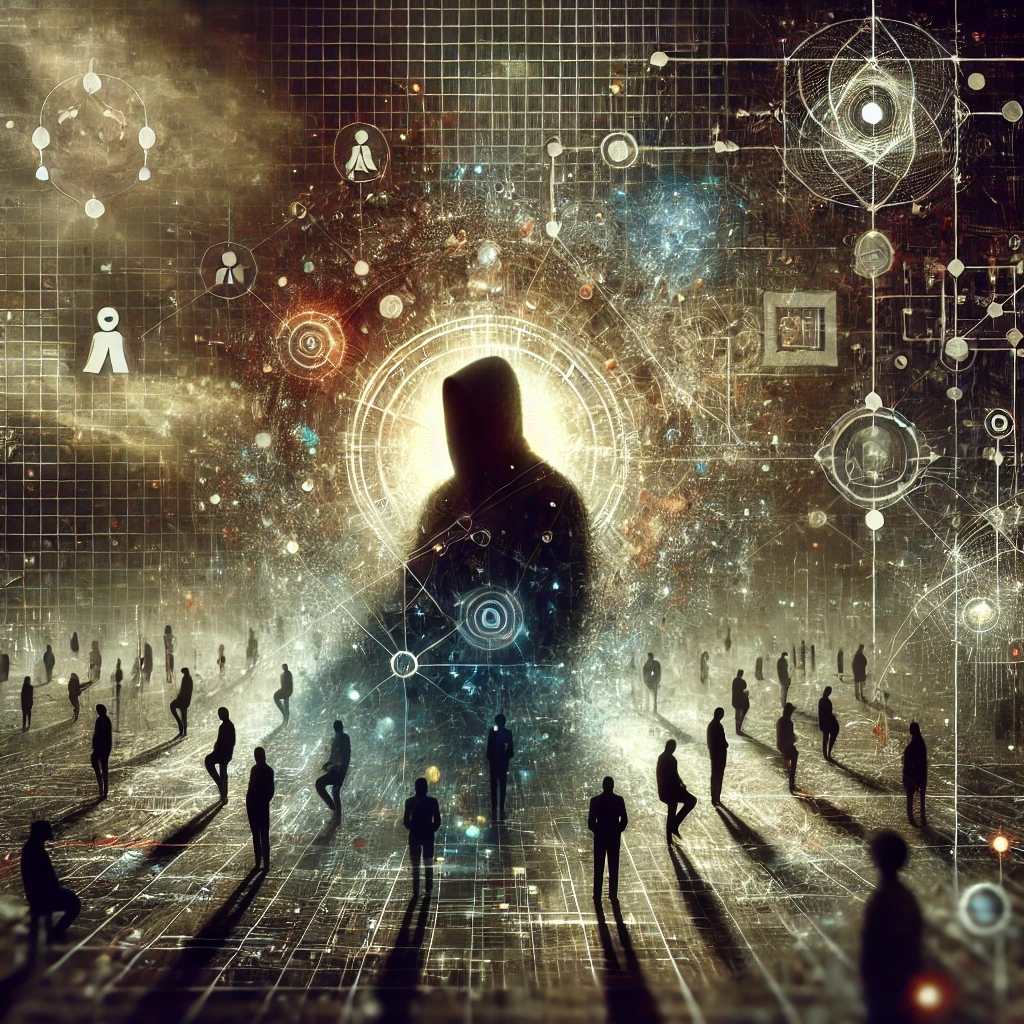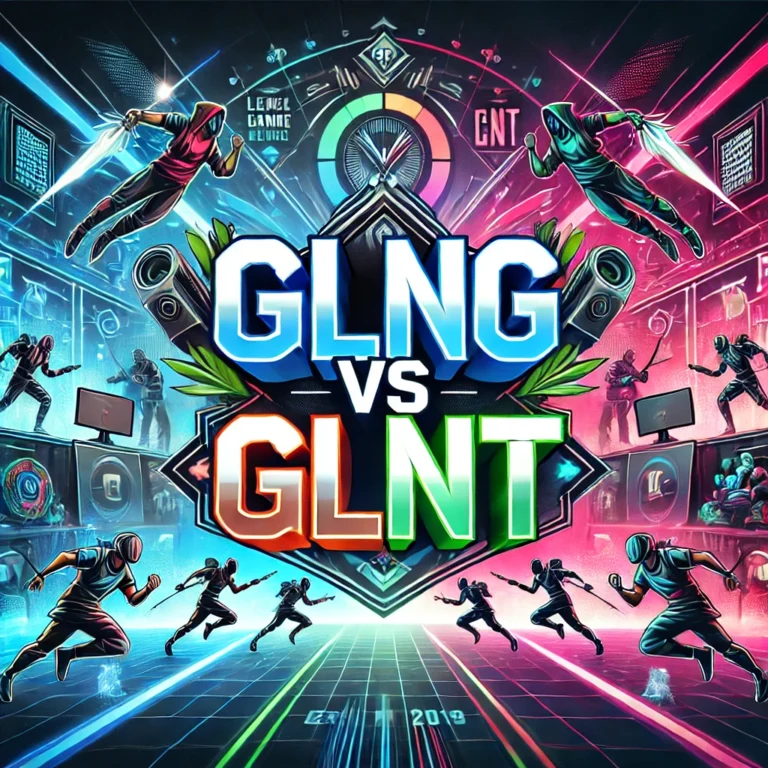
Introduction
In today’s hyper-connected world, the question “Is the human gathering fake?” has gained traction as people ponder the role of physical meetings in an increasingly digital society. Virtual meeting tools, social media, and other digital platforms appear to minimize the need for face-to-face interactions, leading some to question the value of traditional gatherings. Yet, the allure of gatherings—whether real or imagined—endures, evoking curiosity and speculation. This article explores the concept of human gatherings, both real and conspiratorial, their psychological impact, and the societal shifts that bring this debate into the limelight.
Historical Context of Secret Gatherings and Human Societies
The idea of secret gatherings isn’t new, and it’s no surprise that questions like “Is the human gathering fake?” are rooted in historical precedent. From the Freemasons to Skull and Bones, societies have long held exclusive meetings, which have sometimes fueled the belief that they wield great influence. Historical records often depict secret societies as centers for planning and control, ranging from medieval guilds to the more famous Illuminati, raising the question: Is the human gathering fake, or is it simply misunderstood?
Human gatherings, whether open or hidden, often address collective concerns, reinforce societal bonds, or ensure certain ideologies persist. This blend of reality and speculation contributes to the ongoing question: is the human gathering fake, or do such gatherings actually hold the power some believe they wield?
Social and Psychological Impacts of Conspiracy Theories
The question “Is the human gathering fake?” taps into our desire to find meaning and structure in an increasingly complex world. For many, believing in hidden gatherings or conspiracies offers a sense of understanding in a world full of uncertainty. Theories surrounding “the human gathering” appeal to those who see elites as orchestrating events behind the scenes. Psychologically, these beliefs often simplify complicated societal issues, creating a central villain or plot to explain injustices or shifts.
However, the impact of these theories can create distrust, dividing people and fostering fear. As society becomes more digitally connected, theories about is the human gathering fake spread faster, drawing people into echo chambers where beliefs are amplified. This raises a larger question: Are such gatherings real, or does our need for meaning lead us to invent myths around them?
Case Studies: Real and Fictional Secret Gatherings
Exploring historical examples and fictional representations of secret gatherings can offer perspective on whether “is the human gathering fake” or a product of pure imagination.
- The Bilderberg Group: Founded in 1954, this annual meeting gathers influential figures from business, media, and politics to discuss global issues. Though private, the Bilderberg Group’s secrecy fuels speculation, leading some to wonder, “Is the human gathering fake or based on actual events like these?”
- Freemasons: A fraternal organization with centuries-old roots, the Freemasons have been subject to numerous conspiracy theories. While many rituals are symbolic and public, the organization’s secrecy has led people to question if the human gathering is fake or just another variation of existing societies.
- Skull and Bones: An elite Yale society, Skull and Bones has influenced American politics and business, with members ranging from presidents to influential CEOs. Such exclusive gatherings inspire intrigue, keeping the question alive: Is the human gathering fake, or does it simply reflect hidden gatherings of powerful people?
These examples illustrate how blending fact and fiction perpetuates questions like “Is the human gathering fake, or are such meetings simply misunderstood?”
Are We Moving Toward a More Virtual Society?
As virtual reality (VR) and augmented reality (AR) advance, society might be moving toward a point where virtual gatherings could rival physical ones. During the pandemic, virtual gatherings enabled people to interact despite distance. Yet, while online connections are accessible, virtual interaction lacks the authenticity and emotional richness found in face-to-face gatherings, often leaving people feeling detached.
The ongoing shift to virtual gatherings raises questions about whether the human gathering is fake or if digital gatherings are simply the new evolution of socialization. Does the ease of online communication replace the need for physical gathering, or do people still crave in-person interactions to form genuine bonds? This digital transition feeds the larger debate about whether human gatherings, as we know them, will become obsolete or retain their fundamental importance.
Evaluating the Evidence: Why Some Believe and Others Doubt
For some, the lack of tangible proof around the existence of “the human gathering” lends credibility to the idea of a fabricated myth. Others argue that the very absence of evidence suggests a cover-up. This section explores why some find it easy to dismiss the idea as fiction, while others remain staunch believers in the human gathering, even if it seems fake.
- Absence of Evidence: No confirmed records, photos, or firsthand accounts exist to prove the concept of “is the human gathering fake” is real, fueling doubt.
- Anonymous Testimonies: Much of the information is sourced from unverifiable online posts or conspiracy forums, which detracts from credibility.
- Appeal of Mystery: Conspiracy theories are attractive because they provide dramatic explanations for complex societal shifts. The secrecy itself keeps the belief alive that is the human gathering fake or actually well-concealed by those in power.
Despite these points, theories around the human gathering continue to circulate, with some insisting it’s simply a well-concealed truth.
The Future of Human Gatherings: Technological and Social Predictions
Looking forward, we may see further evolution in human gatherings. VR and AR advancements could create immersive gatherings that bridge the digital and physical realms. However, while technology might bring us closer digitally, many still believe nothing can replace the authenticity of face-to-face interaction.
In the context of is the human gathering fake, we could see a future where gatherings blend digital and physical elements, creating new forms of connection that satisfy both intimacy and convenience.
Evidence for and Against the Existence of Elite Gatherings
The debate surrounding “is the human gathering fake” remains complex, with both circumstantial evidence and subjective interpretation.
Lack of Evidence
- No Documented Proof: No verified records exist that explicitly confirm the human gathering as an exclusive event for elites.
- Anecdotal Evidence: Many claims are based on anecdotes, which are easy to fabricate and difficult to verify.
Arguments for Existence
- Similar Events in History: Organizations like the Bilderberg Group, Skull and Bones, and Freemasons have historically gathered influential people, leading to speculation that the human gathering may indeed be real.
- Controlled Narratives: Some argue that selective coverage and rapid shutdowns of discussion threads online hint at suppression of information, adding fuel to the debate of is the human gathering fake.
This blend of speculation, historical precedent, and the allure of secrecy ensures that the belief in hidden gatherings endures.
Strategies for Cultivating Authentic Connections in Modern Society
Whether or not “the human gathering” truly exists, there’s a clear need for meaningful, authentic connection in today’s world. Here are some strategies to foster genuine relationships and perhaps ease the allure of exclusivity associated with secret gatherings:
- Prioritize In-Person Interaction: While digital platforms make communication convenient, face-to-face gatherings offer bonding opportunities that digital spaces struggle to replicate.
- Create Inclusive Spaces: Emphasize inclusivity, ensuring diverse perspectives contribute to richer conversations and help dispel myths around is the human gathering fake.
- Encourage Active Participation: Engaging gatherings with interactive activities deepen relationships, helping create genuine bonds that conspiracy theories cannot replicate.
- Promote Empathy: Building empathy through storytelling, dialogue, and shared experiences fosters a stronger community that feels real and connected.
These strategies help create gatherings that reflect human diversity and encourage deep connections, addressing the desire for exclusivity seen in the idea of the human gathering.
Conclusion
In conclusion, the question “Is the human gathering fake?” persists, fueled by historical examples, human psychology, and the power of conspiracy theories. Although there is no definitive evidence of such an elite gathering, the notion of hidden meetings lives on, tapping into our desire for mystery and connection. In an increasingly digital world, our need for authentic human connection remains just as vital. By balancing virtual and in-person interactions, we can ensure meaningful connections continue to thrive.
Ultimately, whether “the human gathering” exists or not, our desire to connect and build bonds remains strong. It’s not the medium of gathering but the authenticity of our connections that matter most. As we navigate a complex society, embracing opportunities to foster genuine connections will ensure that human gatherings—whether real, imagined, or virtual—stay a valued part of the human experience.






